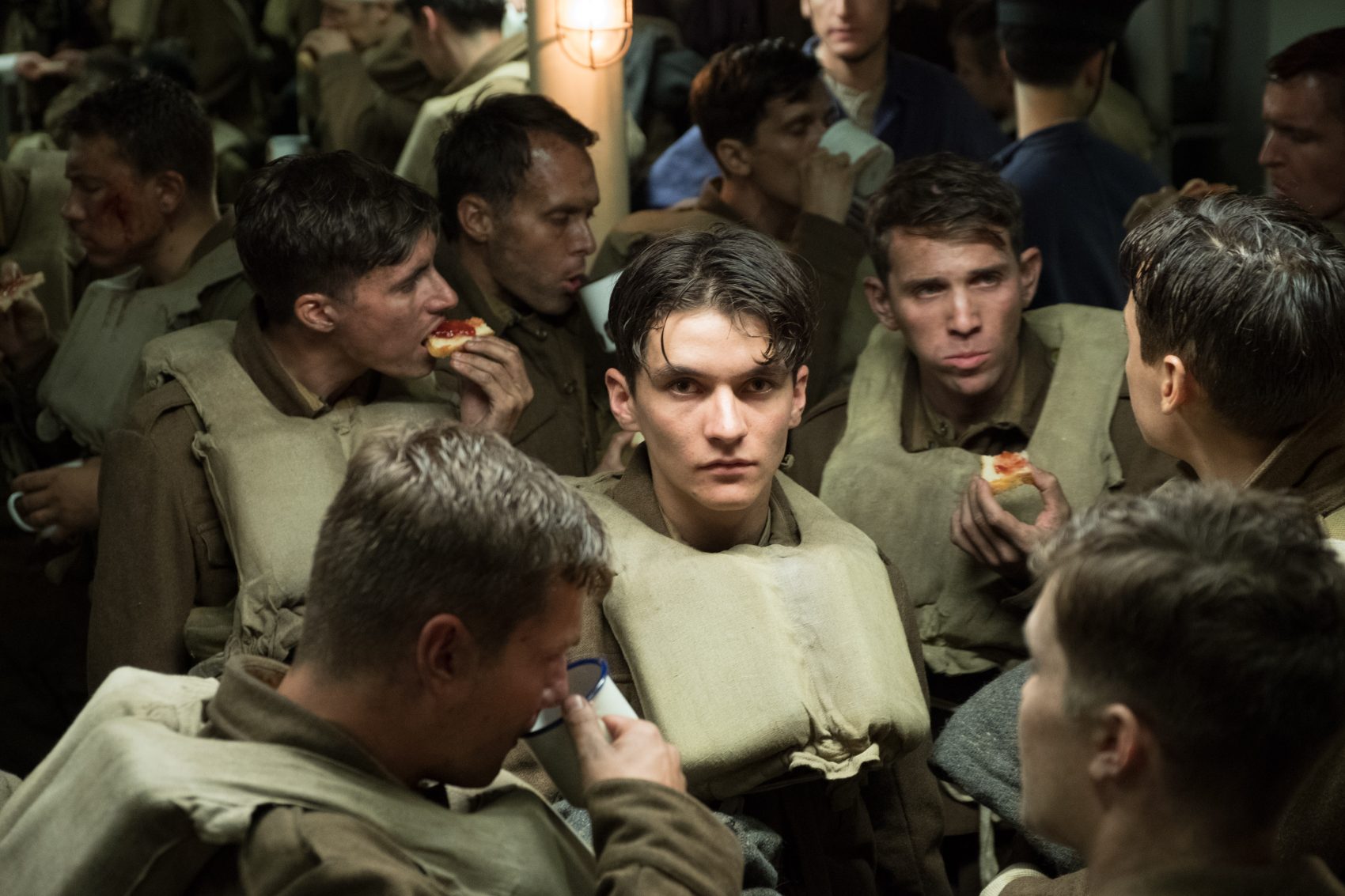By Rohan Murti
When Leonard Shelby’s car screeched to an abrupt halt in front of Emma’s tattoo studio, when Cobb fished his totem out of his pocket and spun it for one last time, when the Joker jaywalked on Gotham’s street towards a speeding ‘Batpod’ challenging Batman to hit him or when Cooper sobbed as he watched his daughter urge him to return to her — we couldn’t help but take notice of the ingenuity of Christopher Nolan’s screenplays. We’ve witnessed him delve into high concept ideas, often combining action and spectacle with baffling questions about the concept of reality. All of this, complemented by an unconventional ending.
But how does a historic event, something that’s predictable by its very nature, get the signature Nolan-esque feel to it?
‘Dunkirk’ is narrated as a ‘Triptych’- a storyline that has three perspectives (Air, Sea, and Land) and of course, a jumping screenplay. Unlike his previous ventures (Memento, to be precise), Mr. Nolan here delineates the structure of the screenplay in the first few minutes of the film, something he chose not to resort to in his former venture. As Fionn Whitehead, who plays a British soldier trapped along with 400,000 others in this little known place in Northern France, takes us through the opening minutes of the film, our exposure to the brutality of German troops during the war grows more by the second. Seemingly exhausted soldiers are seen burying cadavers into the mushy sand, bullets ricochet off metallic surfaces as troops run for their lives, injured young military men are transported via stretchers to a larger ship as fiery explosions erupt every few minutes, neutralizing men on the spot.
With some of his visual cues adding more to the cinematic experience, the director acquaints us to the war’s stark reality here.
A huge chunk of the indelible effect this movie manages to have on its viewer has to be credited to its casting. Even of the (6000-odd) extras. Young men with disheveled hair are seen gasping for breath and dodging air-borne explosions, as the Germans look to unleash complete obliteration. Barry Keoghan, Harry Styles and Fionn Whitehead are the chieftains of this fresh-face clan, their faces in every scene mirroring the Nazi-induced consternation.
On the other hand, pivotal roles by Mr. Nolan’s more mature star cast forms the essence of this epic war, be it the rugged Tom Hardy embroiled in air- altercations with the enemy or Mark Rylance and Cillian Murphy in the sea perspective. Hans Zimmer’s leitmotifs anchor our attention to the film, keeping us attuned to each character defining moment, every element of surprise offered and the flurry of emotional upheavals that we go through during its duration.
Perhaps, the most amazing aspect to ‘Dunkirk’ is its universal appeal. ‘The Dunkirk evacuation’ of 1940 might’ve been taught to the British in their history lectures, but a huge part of the world still didn’t have anything to do with what happened there, including the United States of America. Clearing the misconception of the evacuation being a failure for the British army, exploring the intricacies of each individual character so immaculately and keeping every viewer hooked to the proceedings on screen right up till the end is a testament to Mr. Nolan’s profound capability with both the brain and the camera.
With him at the helm and a stellar star cast to look out for, I’d not miss watching the event that shaped our world!







Leave A Comment
You must be logged in to post a comment.